Thinking Outside The Binary Box : The Emergence of Unisex Luxury Fashion
- 29th Aug 2020
- 1965
- 0

Imagine that we dressed to express our inner selves and our locations not as fixed but as flexible.
Fashion is one of the most creative forms of self-expression. It is a statement of your personality, a stand for your individuality. Fashion has always been something beyond aesthetic clothing - its an artwork borne by a genius, a path into the soul of the wearer and a mirror of the society’s circumstance and cerebration. In today’s article, we’ll be exploring the abstract concept of genderless fashion and its physical manifestation - the idea’s journey through the times, the contribution of luxury fashion houses towards it and some challenges and problems that unisex clothing poses.
A Sociocultural Reflection of the Times
Unisex Fashion History
It’s already very hard to break the metaphorical walls and create equality in the times we live in. I feel unisex clothing is a small but effective way to roll out a line of conversation towards a broader dialogue about equality
The history of gendered clothing was disrupted as the Unisex Revolution gained massive momentum in the 1960s and 1970s in the USA. The term was coined while describing salons which catered to both, the guys and the girls, who wanted the same hairstyle - that of long tresses. The first reported use of the term “unisex” was when The New York Times published a story about Monster Shoes in 1968. In the same year, a columnist from The Chicago Tribune wrote a piece around the question ‘Is it a boy or a girl?’ highlighting the plight of the Unisex war.
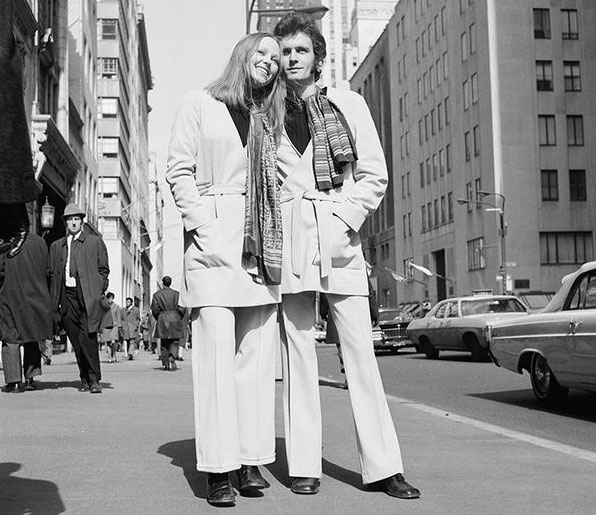
Clothing communicates not just the gender of the wearer, but also the economic and social status, race, age and personality; it speaks of their ideas and thoughts and preferences. It has always been a reflection of the society. Unisex style and fashion was a prominent pillar of the second wave of feminism borrowing its strength from the freedom born of crumbling rigid gender roles in the times of the second world war. Unisex clothing and the thought that came with it also created ‘ungendered parenting’ was adopted by the ‘progressive’ families of the time to rear their children. The goal was to squash sexism by abandoning the harsh bias of pink and blue, dolls and cars.
The early 1970s featured the trending unisex dressing - the advent of matching his-and-hers underwear, ponchos and jumpsuits, inspiring fashion designers like Rudi Gernreich to invent apparels such as the ‘monokini’ and the ‘unisex thong.’ The intent behind unisex clothing was to mitigate the gender differences that were evident through clothing. However, it seemed to have ironically backfired.
Part of the appeal of adult unisex fashion was the sexy contrast between the wearer and the clothes, which actually called attention to the male or female body.
The unisex motive was superseded by sexy androgynous fashion.
I love that the ’70s blew the stuffiness out of luxury
“Suddenly designers had more liberty and could design for strong women who wanted to look sexy and powerful.” Rebelling against the gender conventions, Saint Laurent advocated for Free The Nipple long before hashtags and Instagram. Many of Yves Saint Laurent models would go braless under sheer couture gowns and gauzy organza blouses to assert equality between the sexes. Yves Saint Laurent debuted ‘Le Smoking’ in 1966. Inspired by men’s blazers and crafted for the powerful women, it is a classic that led luxury to the androgynous flair.
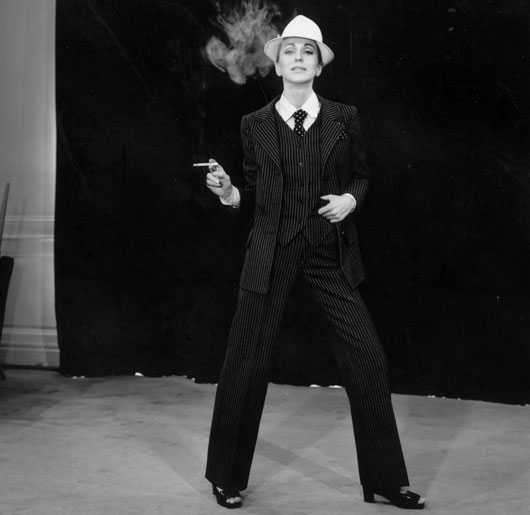
As the people began embracing this new style, women’s clothes became more masculine, but never became less womanly - leading to ‘feminine unisex clothing.’ Men went through these styles and experimentations as well, only to return to their grey suits and ties by the end of 1970s. Unisex fashion of 2020 portrays women wear pants and blazers, clothing that is traditionally muscular but Ranveer Singh, one of the most popular youth icons, is still trolled incessantly for donning lehengas. “It’s that mentality of how if a man dresses like a woman, it’s a downgrade. But if a woman dresses like a man, she’s authoritative,” says Shaf Amis of Mash Up, an independent fashion collective.
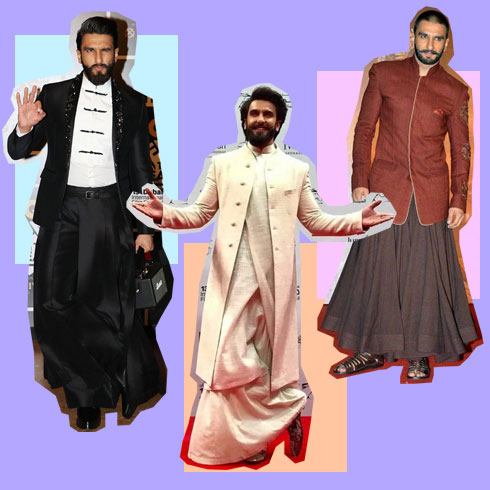
Pop-Contemp Tastes, Luxury Maisons and Agendered Clothing
Collaborations of Popular Culture and Luxury Houses for Unisex Fashion
It’s hard to underestimate the impact David Bowie had on fashion. He broke free of the then still powerful norms of gendered dressing – make-up, hair colouring, androgyny; he broke the mould. This, remember, was an era of the three day week, strikes, of rampant nationalism, racism, sexism. It was a pretty grim, dark period. Bowie’s dress sense was like switching on a lightbulb.
David Bowie, regarded popularly as the father of menswear and androgyny in the 1970s was unafraid to play with gender and fashion - many of his album covers shifted the horizons of gendered clothing. On the cover of his ‘The Man Who Fell to Earth’ album, he portrayed an effete street urchin in a vintage frock. On his ‘The Man Who Sold The World’ album cover, he sprawled on a chaise longue in a man-dress created by the luxury fashion designer Michael Fish. Having led the Unisex Revolution by example, his extraordinary articulation of androgynous fashion influences some of the biggest luxury fashion houses and their creative directors, even today. Jean Paul Gaultier’s spring 2013 women’s wear collection, “Rock Stars,” was a tribute to Bowie-ism style, a marker of the reincarnation of androgynous clothing.
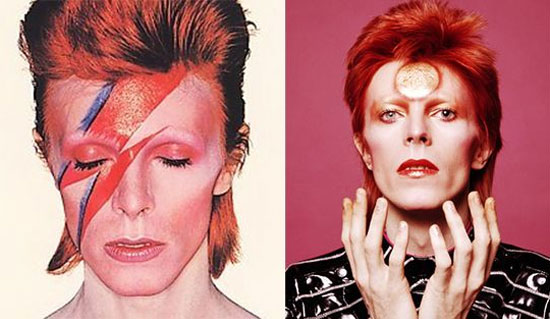
Celine, a French luxury label owned by the LVMH group since 1996 and headed by Hedi Slimane cultivates the unisex luxury fashion by crafting a new wave silhouette that tunes his lifetime documentation of youth movements with Celine’s heritage roots. Hedi Slimane also announced The arresting, androgynous Fall/Winter Collection of 2019, was inspired by the 70s style of checkers skirts, unisex ponchos and blazers. Alessandro Michele, the Creative Director of Gucci, is acclaimed for his easy, independent style of self-expression bringing in the ideals of past and blending it with the punk modernity of now. Gucci has been pivotal in popularising gender fluid fashion - men and women walk the runway together, often showing off similar patterns, designs and styles. Other influential luxury fashion designers such as JW Anderson, Rick Owens, Katharine Hamnett and Raf Simons are encouraging androgyny through their designs and art are definitely making headway in this new world that’s embracing individuality and is open and accepting about the LGBTQIAP+++.
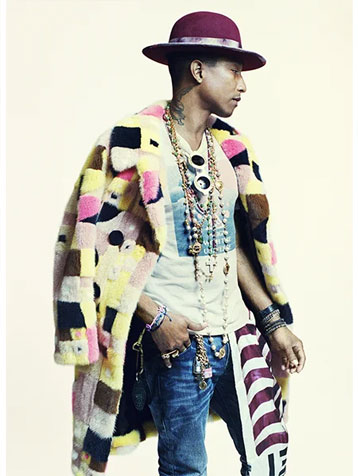
Also contributing to the current unisex fashion movement, are public figures who exert quite some influence over their admirers. Wearing Celine’s $67,000 women’s furry mink coat, Pharrell Williams posed as the cover boy for GQ September 2015 issue. Pharrell Williams was also the first man ever to appear in a Chanel handbag ad in 2017; he toted a crocodile version of the Gabrielle Bag in a concert hall. He also featured in a film about the making of the November 2018 collection focusing on street art. “Gabrielle Coco Chanel didn't see partitions, and it's interesting, because neither did the brand when it came to giving me a shot,” said Williams in an interview with Vogue. “[Chanel] is not afraid of these things, just like [Gabrielle] wasn't afraid. There doesn't need to be boundaries as long as you can hold onto the heritage and continue to push it, like Karl always [did]. We don't need walls, we need bridges.”
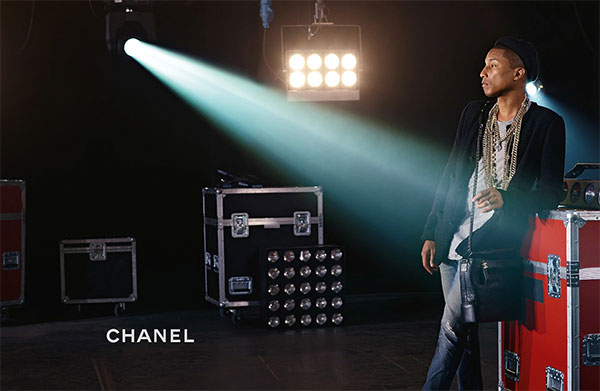
Apart from him, there are many famed personalities standing by their belief in androgyny. Jaden Smith smashed gender norms by donning a Louis Vuitton skirt in their 2016 ad. Lily-Rose Depp channelled her inner Karl Lagerfield by wearing a black suit with white shirt and a loose fitting black tie, paired with pink heels when she attended the Chaumet's Cocktail Party and Dinner for Cesar's Revelations in Paris. Popular rappers like Young Thug and Playboi Carti are rejecting binary and embracing androgyny even in the highly masculinity-driven world of hip-hop.
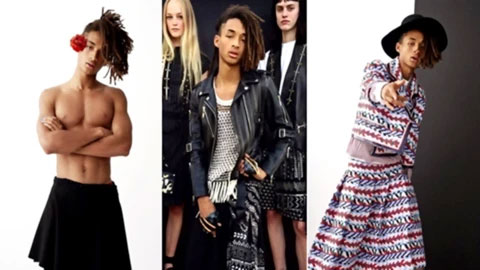
Luxury Fashion Awards such as LVMH Prize’s ‘Gender Neutral’ category and CFDA Fashion Award’s ‘Unisex/Non-Binary option’ are promoting a new age of fashion designers who have the liberty to create art free of all gender confines.
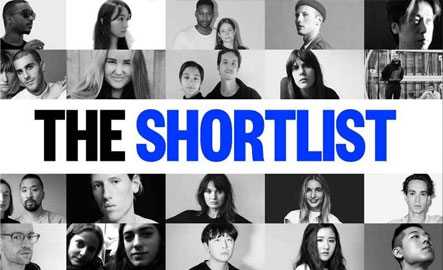
Popular culture has enormous potential to drive an idea or a thought, to bring about change. It is essential to understand that although luxury houses often feature celebrities and luminaries in their campaigns and collections, they are focused on the concept of the design and the merchandise, not social change. And definitely not in this capacity.
The Pitfalls of Androgyny
Issues washed away in the revolution
Yes, fashion is fun, but clothing is also bound up with the most serious business we do as humans: expressing ourselves as we understand ourselves.
A remarkable trait of fashion is its cyclical nature. Popular fads come and then the craze fades away. A few years later, they are back in vogue, then they’re not. Androgyny is too important a sociocultural phenomena guiding society’s progression to be treated as just a trend. This is where the problem arises. Fashion luxury houses have been posing their collections to be androgynous for the sake of being woke, without realising the effect they are creating. Even if the intention behind the idea was pure, many seem to lose it in their later collections. There has also been a lot of backlash on social media when brands portray their “gender-neutral” collections to be consisting of just trousers, blazers and hoodies. Not including skirts or traditionally feminine apparel is a reflection of, once again, feminine unisex clothing.
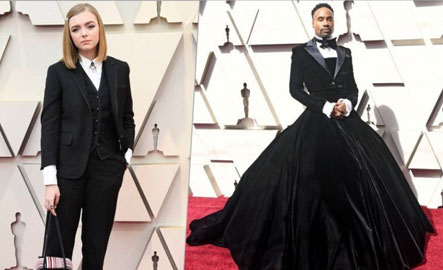
Additionally, we encounter the problem of sizing and pricing. Men’s and women’s sizes are different, marked by a difference in their physical structure and build. One-size-fits-all philosophy cannot be exactly comfortable. Tanmay Saxena at LaneFortyfive provides a solution. “We make the tops (shirts/overshirts/jackets/coats) with the same cut irrespective of the gender. But for bottoms, we do adjust the cut to fit certain body types for comfort and practicality. The idea is not to force all body shapes and types into one single fit to prove a point. The idea is that everyone can wear every piece of clothing that we make irrespective of gender and that the silhouette that comes out at the end is uniform.”
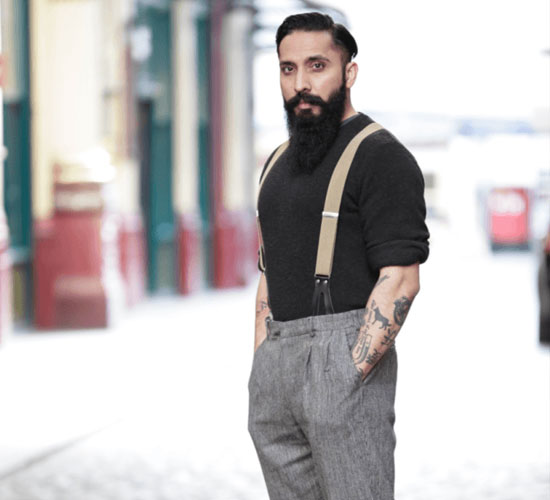
Some brands don’t believe in the hue-and-cry created for genderless fashion, although it doesn’t make them conventionalists. “If it’s a men’s collection we house it in men’s, and if it’s a women’s collection we house it in women’s, but the customer finds what they want," said Ken Downing, ex-Fashion Director for 28 years at Neiman Marcus. "We find that we have guys — be it for size or for the look — shopping in the women’s department, and we have girls who equally have no issue purchasing items from the men’s area.”
 Rajeshwari Patwardhan
Rajeshwari Patwardhan


Comments
No comments yet.
Add Your Comment
Thank you, for commenting !!
Your comment is under moderation...
Keep reading luxury post